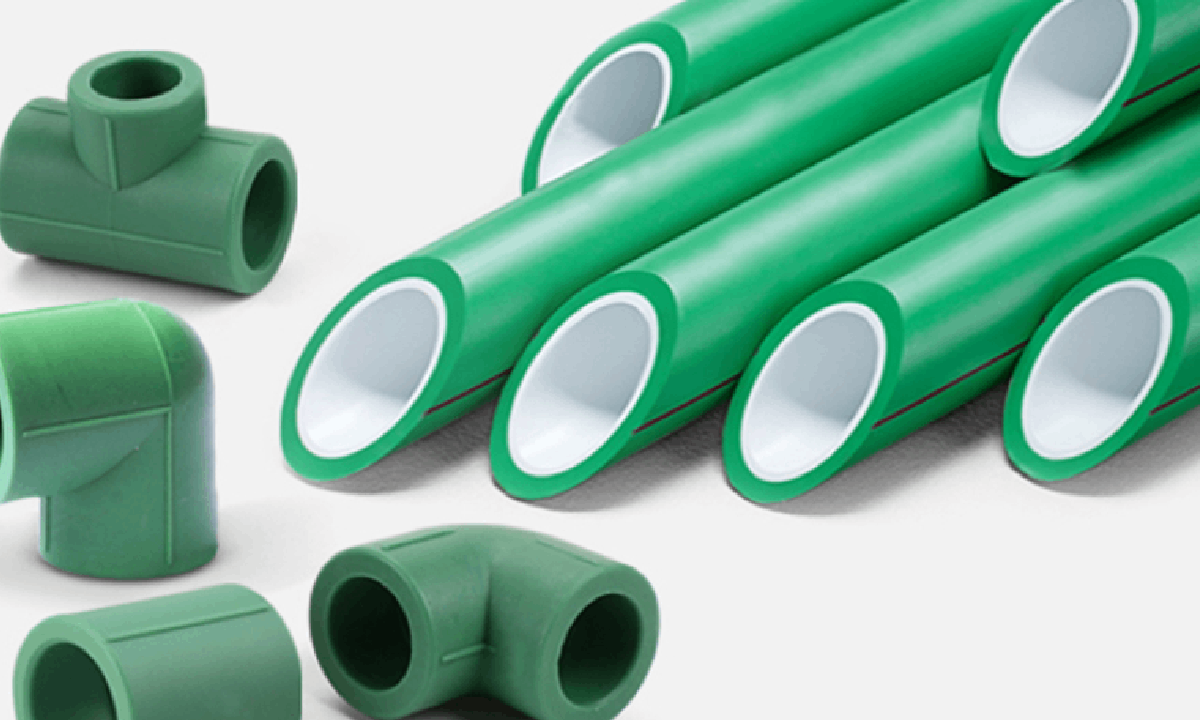When it comes to reliable plumbing systems, PP-R pipes and fittings have become the backbone of modern infrastructure in the UAE. From residential projects to large-scale commercial developments, PPR fittings suppliers in UAE play a critical role in ensuring long-lasting, leak-proof, and durable pipe networks. However, the success of these installations does not merely depend on high-quality fittings—it relies heavily on the correct installation practices. Even the smallest error during the process can compromise durability and lead to costly repairs.
Below, we analyze the eight most common mistakes during PP-R pipe installation and how to avoid them to guarantee a leak-proof plumbing system.
Improper Pipe Cutting
One of the first and most critical steps in PP-R pipe installation is cutting the pipe correctly. Using inappropriate tools like hacksaws or dull cutters can cause uneven edges, burrs, or cracks, which compromise the connection.
-
Mistake: Rough or angled cuts that don’t allow proper fusion.
-
Solution: Always use a sharp pipe cutter specifically designed for PP-R pipes to ensure smooth, straight edges. After cutting, remove any burrs to achieve perfect alignment before welding.
Ignoring Pipe Heating Time
The strength of a PP-R joint depends on thermal fusion, where both the pipe and fitting are heated before joining. Incorrect heating time is one of the most common causes of weak joints and future leaks.
-
Mistake: Overheating leads to pipe deformation, while underheating causes incomplete fusion.
-
Solution: Follow the manufacturer’s heating chart based on the pipe diameter. For example, a 20mm pipe may need 5 seconds of heating, while larger diameters require more time. Precision is crucial.
Misalignment During Welding
A perfect weld requires correct alignment between the pipe and fitting. Once fused, there is little room for adjustment, and forcing the joint afterward may result in stress cracks or leaks.
-
Mistake: Twisting or misaligning the pipe during insertion.
-
Solution: Align the pipe and fitting in one smooth motion during the welding process and hold them steady until the joint cools. Never twist or rotate after fusion.
Skipping Expansion Allowance
PP-R pipes naturally expand and contract with temperature changes. Ignoring expansion allowance can lead to buckling, joint stress, and eventual system failure.
-
Mistake: Installing long straight runs without accounting for expansion.
-
Solution: Use expansion loops, offsets, or flexible joints in longer pipe runs. Always follow thermal expansion guidelines provided by PPR fittings suppliers in UAE.
Using Incorrect Tools
The durability of a PP-R piping system is directly linked to the tools used during installation. Substituting proper welding machines with low-quality alternatives results in inconsistent heating and weak joints.
-
Mistake: Using uncalibrated or damaged welding tools.
-
Solution: Invest in certified fusion welding machines with proper temperature control. Regularly calibrate and maintain equipment to ensure consistent performance.
Poor Handling and Storage of Pipes
Even before installation, PP-R pipes must be stored and handled carefully. Improper storage exposes them to UV rays, sharp objects, or extreme temperatures, reducing their lifespan.
-
Mistake: Leaving pipes under direct sunlight or stacked unevenly.
-
Solution: Store pipes in shaded, dry areas on flat surfaces. Protect them from sharp objects that could cause scratches or dents. Proper handling ensures the pipes maintain their structural integrity.
Inadequate Support and Clamping
Pipes need proper support and clamping throughout the installation to prevent sagging and unnecessary pressure on joints. Without adequate support, pipes may bend, stressing the fusion points.
-
Mistake: Installing pipes with long unsupported sections.
-
Solution: Use pipe clamps and supports at regular intervals. The spacing depends on pipe diameter and orientation (horizontal or vertical). This ensures weight distribution and prevents strain on joints.
Neglecting Pressure Testing
Skipping final pressure testing is one of the biggest mistakes installers make. A system may appear well-installed, but only proper testing guarantees leak-proof performance.
-
Mistake: Assuming the system is fine without testing.
-
Solution: Conduct hydrostatic pressure testing as per international standards. This step verifies the system’s integrity before being put into operation and prevents costly failures later.
Why Choose Trusted PPR Fittings Suppliers in UAE
Avoiding these mistakes starts with choosing reliable suppliers who provide certified PP-R pipes and fittings. Leading PPR fittings suppliers in UAE not only deliver top-quality products but also offer technical guidance, installation support, and after-sales services. By sourcing from trusted suppliers, contractors and engineers can ensure compliance with international standards while maximizing durability and efficiency.
Key benefits of sourcing from trusted suppliers include:
-
Certified quality materials resistant to corrosion, chemicals, and high temperatures.
-
Wide range of fittings for residential, industrial, and commercial applications.
-
Technical training and installation guidelines to prevent common mistakes.
-
Long-term warranties ensuring reliability and peace of mind.
Final Thoughts
Installing PP-R pipes and fittings is not just about connecting parts—it requires precision, expertise, and adherence to best practices. By avoiding the eight common mistakes listed above, contractors can guarantee leak-proof, durable, and efficient piping systems. With the support of trusted PPR fittings suppliers in UAE, projects can achieve long-lasting performance while minimizing future risks and maintenance costs.
